Exhibitor’s Stories
PLAY LIVES
OBJECT
Hong Kong’s international consumer-cum-toymaking hub is fertile ground for design for play. The toy industry’s evolution from Original Equipment/Design Manufacturing (OEM-ODM) production-focused paradigms to valued-orientated Original Brand/Strategic Management (OBM-OSM) business models speaks of entrepreneurial empowerment: I can do, I know-how, I sign, I stay. What else stays? Playthings. In Hong Kong, fuelled by nostalgia and a production savviness honed by the world’s leading toymakers, playthings reflect a cultural evolution that toys with identity, materials, technology, and arts and crafts.
Leading proponent in miniaturising Hong Kong urban life in dioramas TINY best captures the promise of relief on the city’s busy streets with its 1/35th scale miniature HK food carts.
Huzi‘s magnetised wooden building blocks Dream Car customisable vehicles and Cosmos spaceships depart delightfully from the familiar plastics aesthetic Made in Hong Kong label.
Leveraging proximity to ShenZhen’s technology hub and connections to Japan’s toy brands, Hong Kong developed into a technology-savvy international design for play centre. Follow the tour: Lowering robots’ and AI’s learning threshold, SZ-based DJI’s educational RoboMaster EP multi-machine vehicle and Tello Talent flying drone and learning curricula offer classrooms anywhere access to rich software and hardware programming applications and expandability. Bridging consumer electronics, IT and entertainment industries, Sony in Japan produces all sorts of things play. Its entertainment robot puppy aibo can develop a distinct personality through user play and cloud-based memory-storing and data-sharing. toio™’s ‘hands-on toy platform’ merges handicrafts, programmable moving modules, and intuitive remote controllers to foster children’s ingenuity and playfulness. Proponents of nonsense and musical ‘product demonstrations’ Maywa Denki ‘art unit’ broke many design-for-play doors by linking a critical nostalgia of post-war Japan industrial SME corporate culture to surrealist performance art. Informed by art props, their Knockman, Otamatone, and Chihuahua Whistle have transgressed all play types since the mid-1990s. Back in Hong Kong, Creata International’s 2003 Obakebots Abla-hoo and Tactooloo entertainment robots reject the streamlined consumer electronics robot aesthetics, countering an emotional approach inspired by the poetics of the senses and organic aesthetics of biotechnology.
Hong Kong science and arts and crafts kits maker 4M expands its STEAM education and creative kits to enable girls (STEAM Music Circuit), preschool children (Code-A-Maze Playboard and Math Monkey), and eco-friendly jewellers (Recycled Paper Beads) to play with science, technology, education, arts, and maths. WobbleWorks’ 3Doodlers, a very local story of global inventors harnessing Hong Kong’s production know-how, allows toy creativity to literally flow from the tip of a pen. Piececool extols high-precision steel and brass sheet metal cutting in its Phoenix Coronet model kit.
Lego endures beyond the expiry of its plastic bricks patent in 1989, with marketing diversification. Muji Lego’s crossover One Hole Puncher creative crafts set allows players to insert paper elements in Lego creations. International community ‘My Own Creations’ (“MOC”) ironically reinforces Lego’s aura, thus perpetuating its predominance by merging copy (aka ‘clones’) and original in custom-Lego creations. Jason Mocer’s Bone Man in Clothes, Dragon, and The Little Prince showcase Hong Kong MOCs’ genres and technical prowess. He also shares his knowledge through tutorial videos such as Under the Wave off Kanagawa.
-
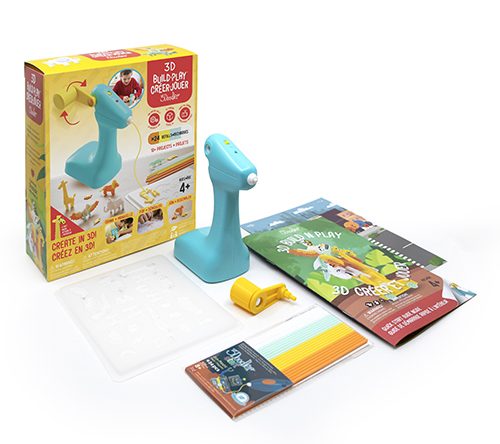
3D Build & Play Multi-Lingual Set
3D Build & Play Multi-Lingual Set
-
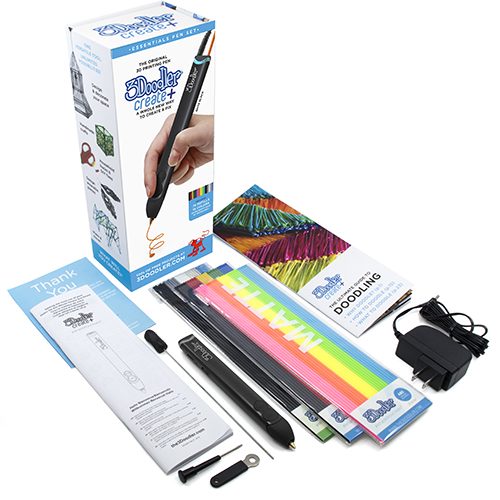
3Doodler Create+ Essential Set
3Doodler Create+ Essential Set
-
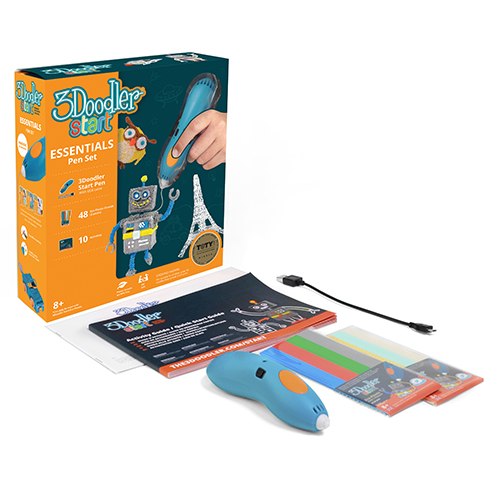
3Doodler Start Essential Set
3Doodler Start Essential Set
-
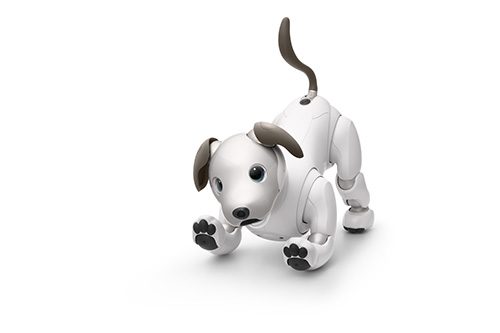
aibo
aibo
-
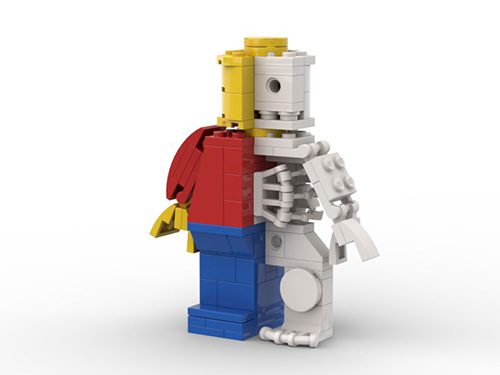
Bone Man in Clothes
Bone Man in Clothes
-
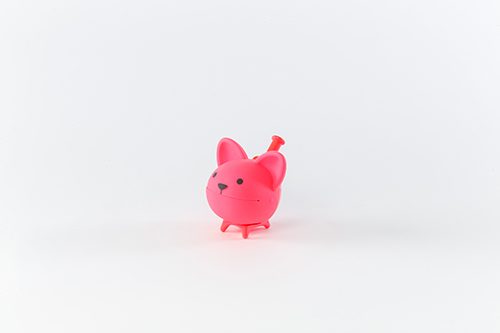
Chihuahua Whistle
Chihuahua Whistle
-
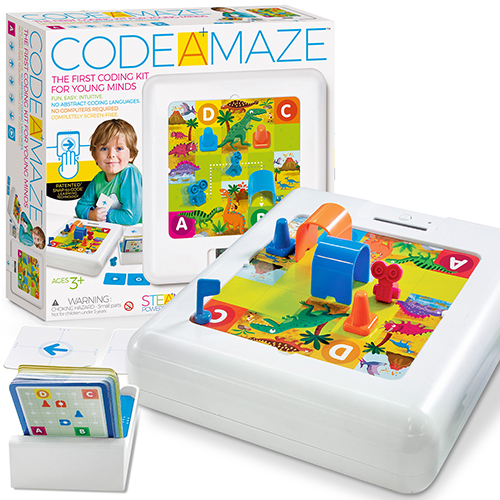
Code-A-Maze Playboard
Code-A-Maze Playboard
-
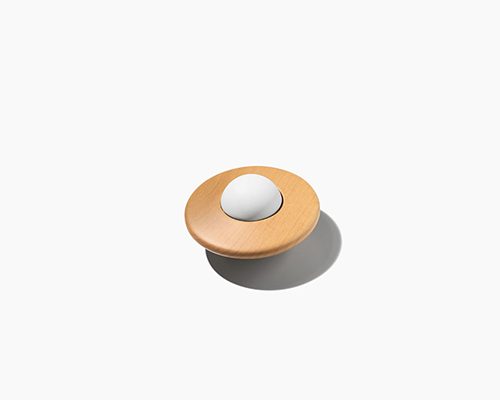
Cosmos
Cosmos
-
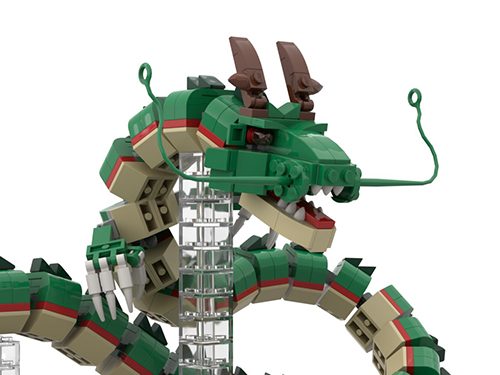
Dragon
Dragon
-
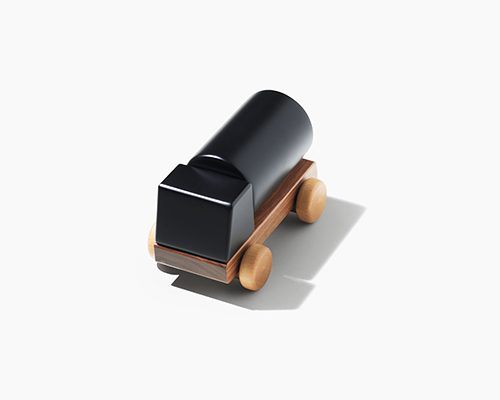
Dream Car
Dream Car
-
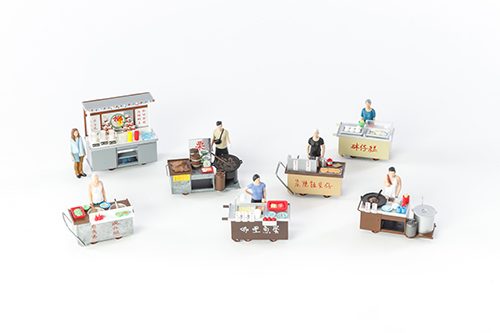
HK food carts
HK food carts
-
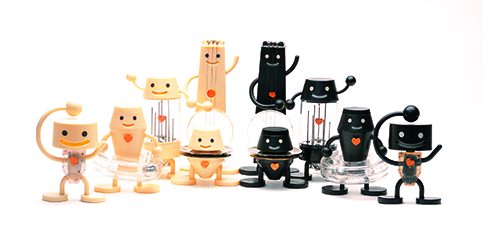
Knockman
Knockman
-
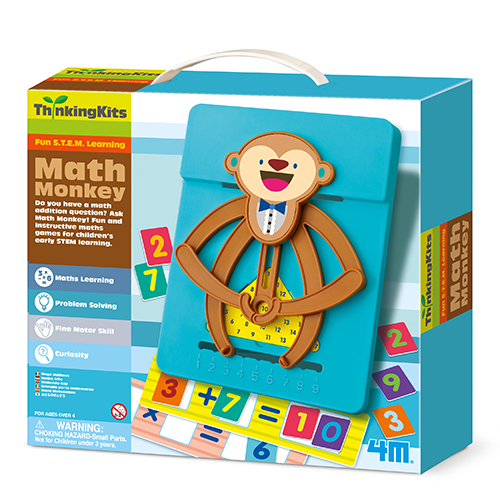
Math Monkey
Math Monkey
-
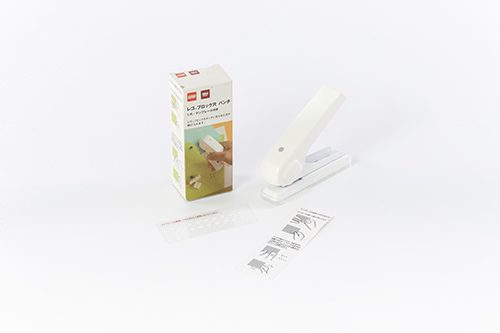
Muji Lego Paper x Punch set
Muji Lego Paper x Punch set
-
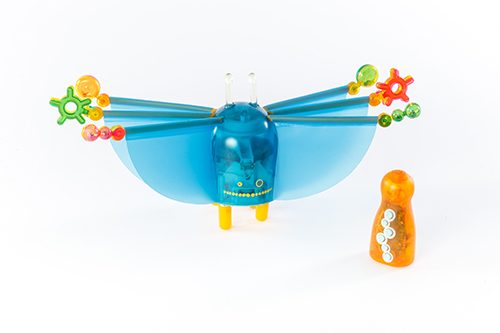
Obakebots Abla-hoo
Obakebots Abla-hoo
-
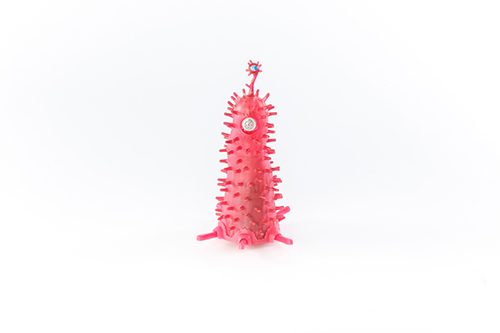
Obakebots Tactooloo
Obakebots Tactooloo
-
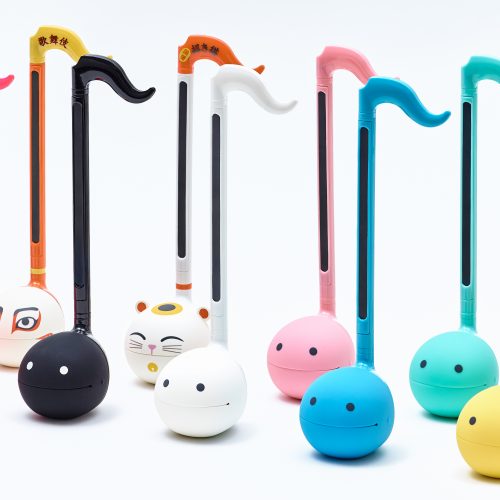
Otamatone
Otamatone
-
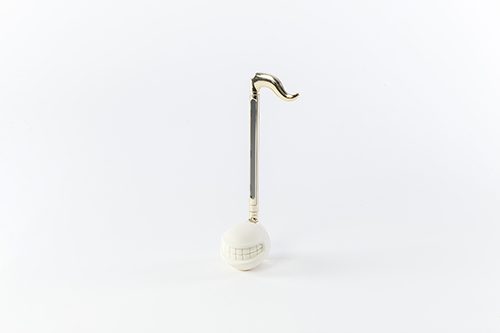
Otamatone Wahha Gogo
Otamatone Wahha Gogo
-
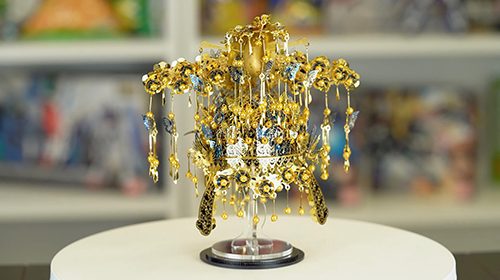
Phoenix Coronet
Phoenix Coronet
-
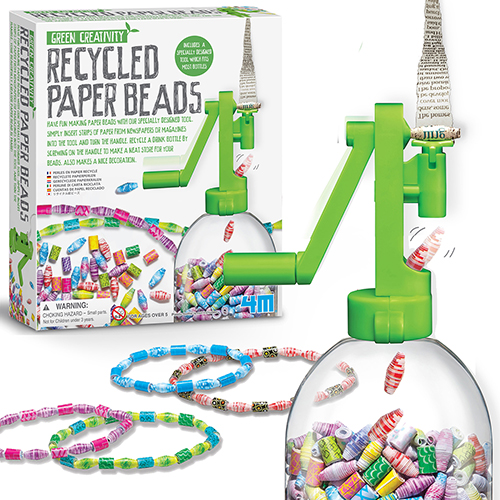
Recycled paper beads
Recycled paper beads
-
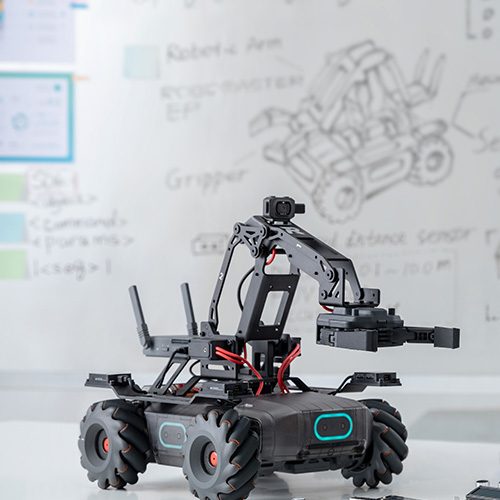
RoboMaster EP
RoboMaster EP
-
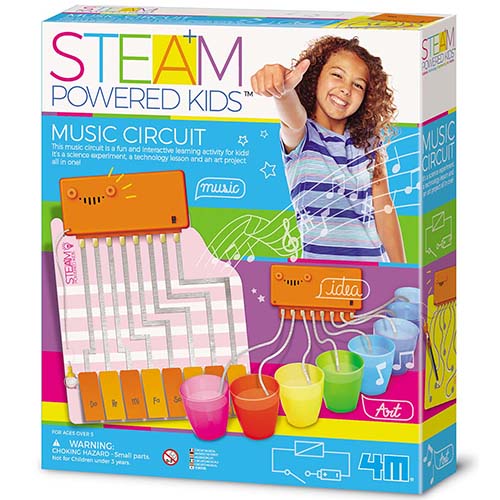
STEAM Music Circuit
STEAM Music Circuit
-
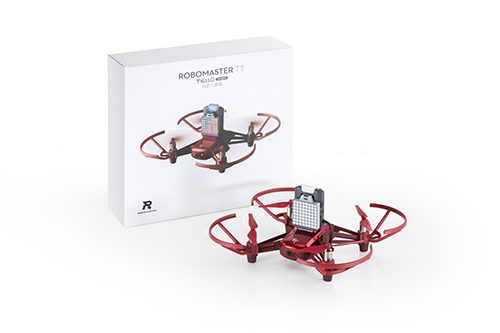
Tello Talent
Tello Talent
-
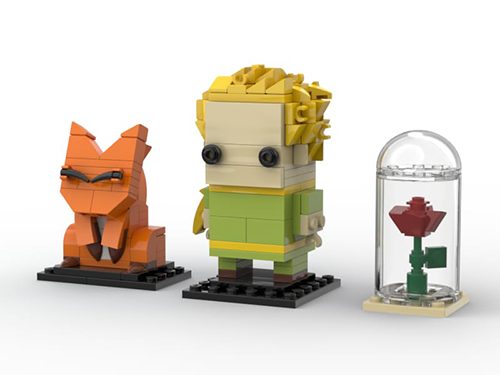
The Little Prince
The Little Prince
-
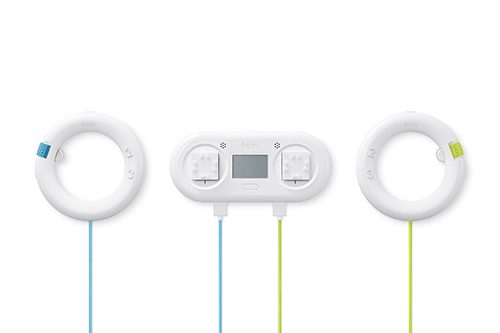
toio™
toio™
-
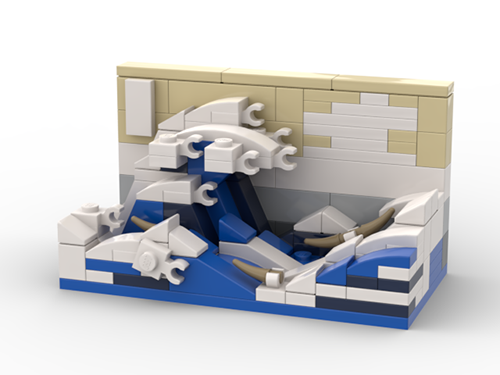
Under the Wave off Kanagawa
Under the Wave off Kanagawa